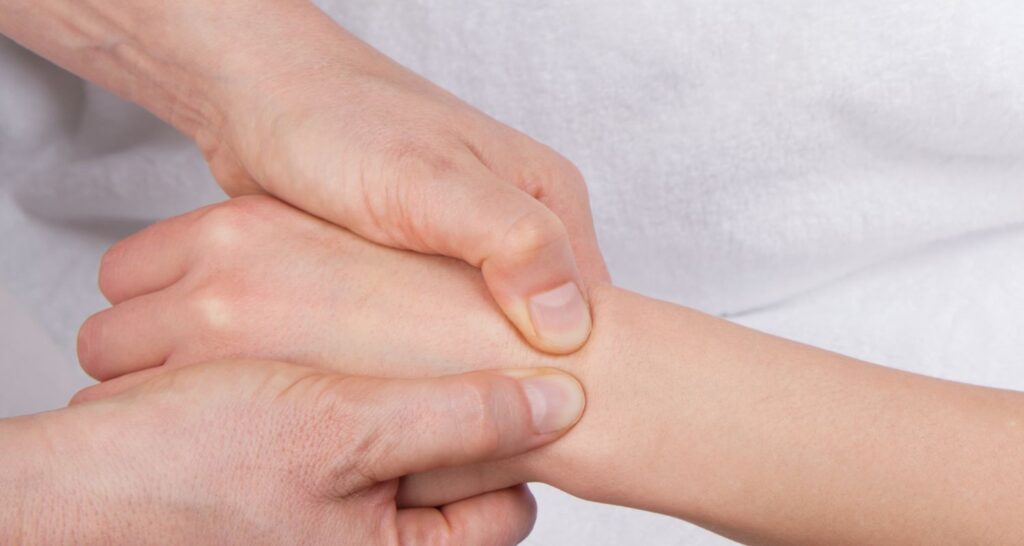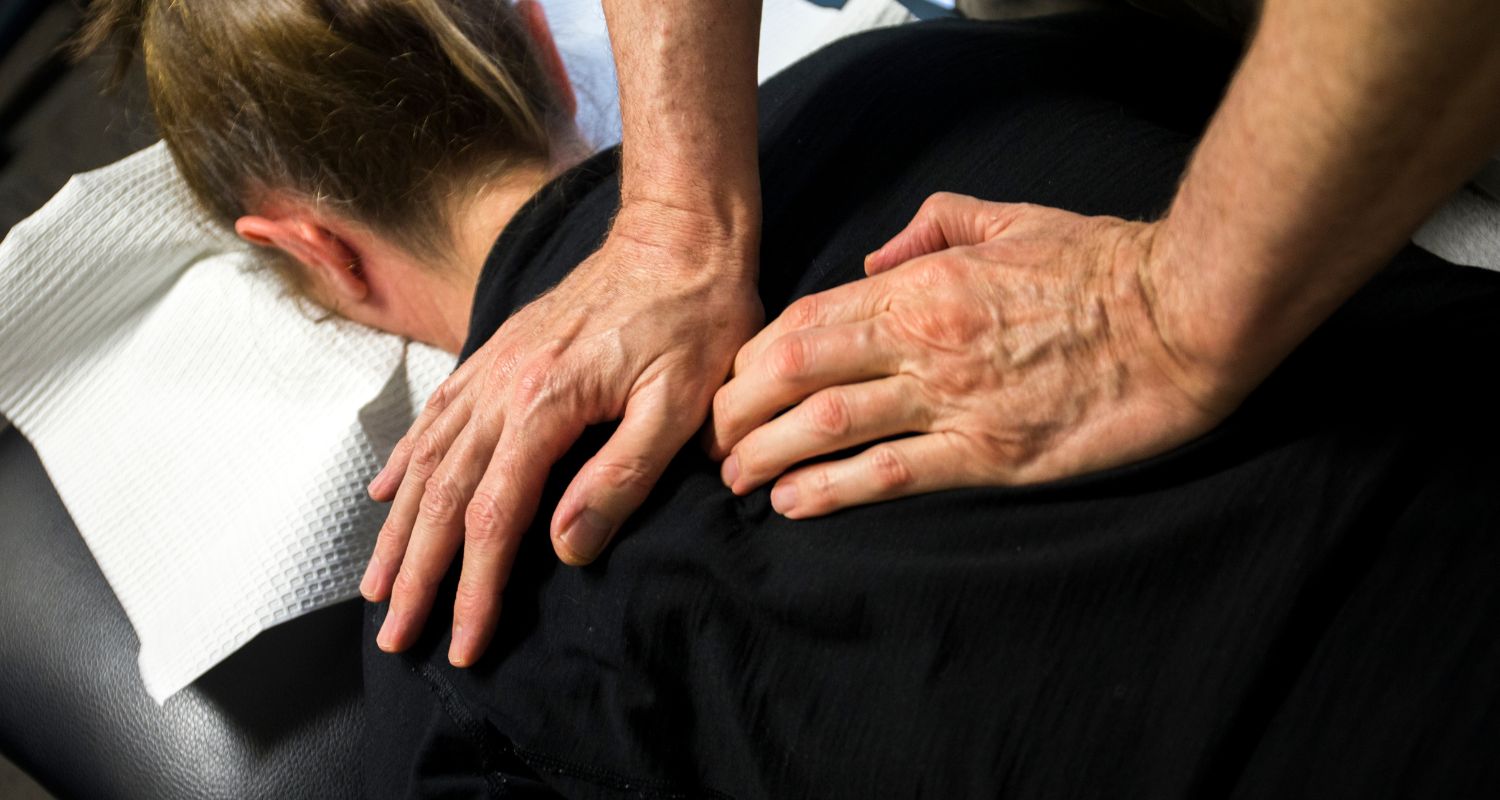People often mix massage therapy and physiotherapy with non-drug treatments for long-term and short-term injuries. There are differences between the two types of natural healing, but the best way to get better faster is to use both.
The main goals of massage therapy and physiotherapy is to relieve tension, pain, and muscle spasms so you can get back to your best health.
How Is Massage Therapy Combined With Physiotherapy?
Our muscles are always working. When we hurt our muscles in an accident, it hurts – and the blood flow to that area slows down. For muscles that have been injured to heal, constant blood flow must be maintained to keep all the tissues healthy.
Physiotherapy can help your muscles relax and improve your ability to move. However, when you are under a lot of stress, the blood flow is not always the same. This is where massage therapy can be helpful.
Therapies like Swedish massage, sports massage, and deep tissue massage keep your blood moving through your muscles so they can get more nutrients. With these types of massages, clients can keep their muscles from weakening and speed up the healing process. When combined with physiotherapy, massage therapy relieves many types of pain and improves how muscles work by biomechanically loading them.
How Massage Therapy Enhances Physiotherapy Treatments
Faster Recovery
Physiotherapy typically speeds healing. Muscle stiffness may hinder development; therefore, clients must be patient to observe results. In this case, massage therapy can help.
When muscles are massaged after an accident or surgery, clients can execute the exercises properly. A massage may relax the nervous system, so you can stretch better and deeper. Stretching helps your body heal more quickly.
If you want fast recovery, therapists suggest relaxation, therapeutic, and deep tissue massage. Deep-tissue massage, for example, applies pressure to injured areas; it breaks down collagen and adhesions that cause discomfort and slow recuperation.
When collagen and adhesions are eliminated, blood flow and mobility improve. Stress hormones no longer hinder recuperation. When you get a massage, your muscles stop fighting against care, which makes the physiotherapist’s job easier and your recovery better.
Comprehensive Medical Treatment
The human body is a complicated system with interdependent parts. Chronic muscular diseases like fibromyalgia and lower back pain need physical therapy and rehabilitation for a better, pain-free, active lifestyle. A physiotherapist’s physical evaluation of your symptoms makes this a complete treatment plan. Your therapist will check out your body and tell you what to do to get it working right again.
Then, you’ll get passive and aggressive therapies. Passive, non-physical activities come first. These help your body relax. Hot and cold therapies, deep tissue massage, and ultrasounds prepare your body for active treatments like exercise.
Comprehensive therapies take longer to complete, but they last longer. These methods are comprehensive due to their attention to detail, enabling every component of your body to restore maximum function and vitality. Your massage therapist can help you improve your posture, which may cause lower back discomfort and muscular cramping.
Boosting the Range of Motion
 Your range of motion is limited when the joint stops moving freely after an accident or injury. This limits your range of motion, which can lead to mechanical joint problems, swelling, pain and stiff muscles.
Your range of motion is limited when the joint stops moving freely after an accident or injury. This limits your range of motion, which can lead to mechanical joint problems, swelling, pain and stiff muscles.
Athletes with active lives often experience this. If you’re new to weightlifting, the vigorous action might tear your muscles and decrease your range of motion. Physiotherapy involves moving your muscles and joints to restore your body to normal, which can be difficult if your range of motion is restricted. But massage can help.
Clinical massage loosens and relaxes muscles. This improves the range of motion and the effectiveness of physiotherapy sessions. Soft tissue, ligaments, and muscles will soon be more flexible.
Increases General Health
Massage regulates the nutrient flow, circulates the lymph fluid and reduces edema. It lengthens, tightens and strengthens muscles. These properties make combining these therapies appropriate. Massages and physiotherapy enhance the body’s natural healing process and keep it aligned.
Massages improve lymphatic circulation and nerve impulse flow, reducing the likelihood of muscular spasms, pain, and discomfort. This combo becomes effective when your nervous system’s tension is eased.
Improves Mental Health
When we have significant health problems like muscular damage, acute discomfort, arthritis-related ailments, etc., our minds might panic. And this slows healing. In other circumstances, physiotherapy customers report little progress because they’re afraid to move while in discomfort.
Your mind must also be relaxed for physiotherapy to operate. Worrying about your health can be draining. Massage aids your body’s absorption of the benefits of physiotherapy.
Massages alleviate the stress that causes anxiety. Scheduled massages lower cortisol by 30%, helping your body’s relaxation response. Massages promote dopamine and serotonin synthesis, which calms nerves.
Contact Us
If you want to start physiotherapy, book a free consultation at Fraser Life Willowbrook Physio and Rehab so we can discuss your goals. Call us right away at (778) 278-4755 today.



Recent Comments